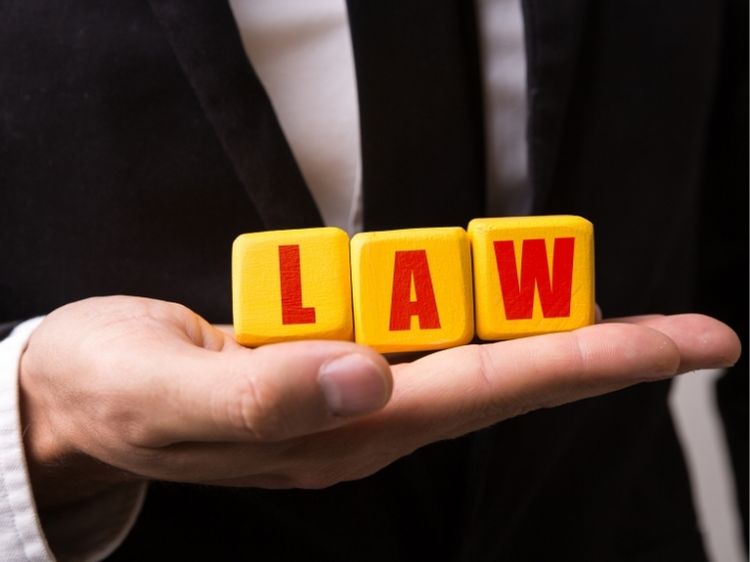Machine accidents can turn a regular workday into a nightmare. Whether it’s a minor mishap or a severe injury, accidents involving machinery are often preventable with the right precautions and awareness. From factories to construction sites, understanding machine accidents and their impact is essential for both employers and employees. Let’s dive into the world of machine safety, covering causes, types, prevention strategies, and everything in between.
What Causes Machine Accidents?
Understanding why machine accidents occur can lead to better prevention. Common causes include:
- Human Error: Misjudgment, fatigue, and inadequate training are often culprits.
- Mechanical Failures: Worn-out parts or lack of maintenance can lead to machinery malfunction.
- Poor Safety Measures: Skipping safety protocols, like proper guarding or using outdated machines, heightens risks.
- Environmental Factors: Slippery floors, cluttered spaces, or low lighting can increase accident potential.
Types of Machine Accidents
Each workplace and machinery type presents unique risks. Here’s a rundown of common types of machine accidents:
- Entanglement: Clothing or body parts caught in moving parts.
- Crush Injuries: Resulting from machines with heavy or moving parts.
- Cuts and Lacerations: Often due to exposed blades or sharp tools.
- Burns: Due to overheated machinery or improper handling of heated surfaces.
- Electric Shock: Usually happens with improper electrical wiring or faulty equipment.
Key Safety Measures to Prevent Machine Accidents
Preventing machine accidents is all about preparedness, education, and awareness. Here’s how workplaces can significantly lower accident rates:
1. Regular Training and Safety Drills
Workers must be familiar with machines they operate and undergo regular training on using them safely. Safety drills prepare employees for emergencies, helping them respond quickly and efficiently if something goes wrong.
2. Proper Machine Guarding
Guards act as barriers, protecting workers from moving parts. Every machine part, function, or process that could cause an accident should be adequately guarded. The most common types of machine guards include:
- Fixed Guards: Permanent fixtures that prevent access to dangerous parts.
- Interlocked Guards: Automatically shuts down the machine if the guard is removed.
- Adjustable Guards: Allow customization for different machine operations.
3. Routine Maintenance and Inspections
A machine in top-notch condition is less likely to cause accidents. Regular maintenance can catch potential issues early, ensuring machinery is safe for operation.
4. Clear Warning Labels
Warning labels on machines are crucial. These labels inform workers about potential dangers and safe operational procedures.
5. Adequate Workspace Organization
A clean, organized workspace prevents trips, falls, and entanglements. Employees should avoid keeping unnecessary objects near machinery and maintain a clear path for operation.
Legal and Financial Impact of Machine Accidents
Machine accidents don’t just hurt workers; they impact a company’s finances, reputation, and legal standing. When an accident occurs:
- Insurance Costs Rise: Companies often face higher premiums after accidents.
- Legal Consequences: Workplace safety regulations require employers to maintain a safe environment. Failure to do so can lead to fines and lawsuits.
- Downtime and Loss of Productivity: Injuries often mean shutting down operations, leading to financial losses.
FAQs About Machine Accidents
- What are the most common causes of machine accidents?
Human error, lack of training, machine malfunction, and poor maintenance are leading causes. - How can machine accidents be prevented?
Through regular training, proper machine maintenance, using guards, and enforcing safety protocols, workplaces can prevent most machine accidents. - What should an employee do if a machine accident occurs?
Employees should stop the machine, seek first aid, and inform a supervisor immediately to ensure quick action and investigation. - Who is responsible for preventing machine accidents?
While employers must provide a safe environment, employees also play a role by following safety procedures and reporting potential hazards. - What legal rights do workers have after a machine accident?
Workers often have rights to compensation, medical treatment, and sometimes even job security, depending on the severity and fault.
Conclusion
Machine accidents are a serious matter, affecting everyone in the workplace. By understanding their causes, implementing preventive measures, and fostering a culture of safety, we can drastically reduce their occurrence. Remember, prevention is the best protection when it comes to machinery accidents. Stay informed, stay safe, and encourage proactive safety habits among all workers.
Authoritative Links for Further Reading (Plain Text URLs)
- Occupational Safety and Health Administration (OSHA): https://www.osha.gov
- National Institute for Occupational Safety and Health (NIOSH): https://www.cdc.gov/niosh
- International Labour Organization (ILO) – Machinery Safety Guidelines: https://www.ilo.org
